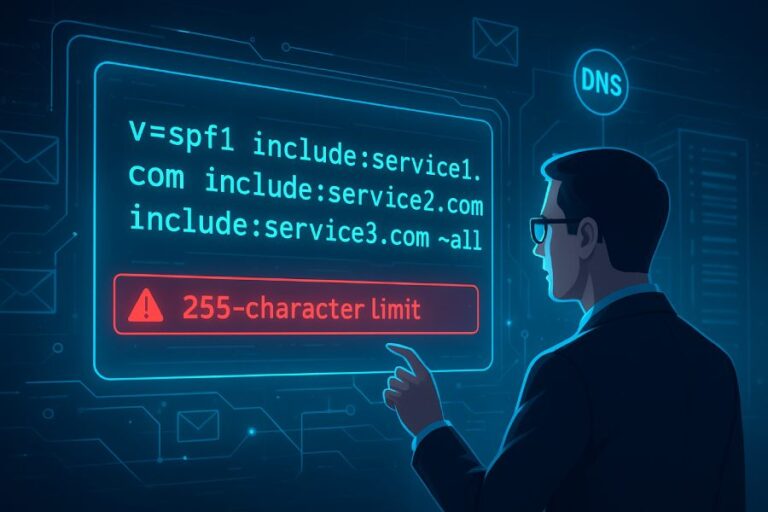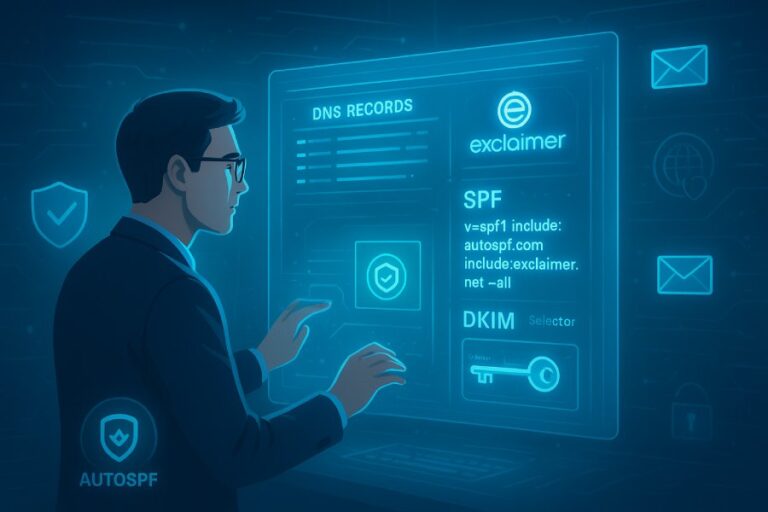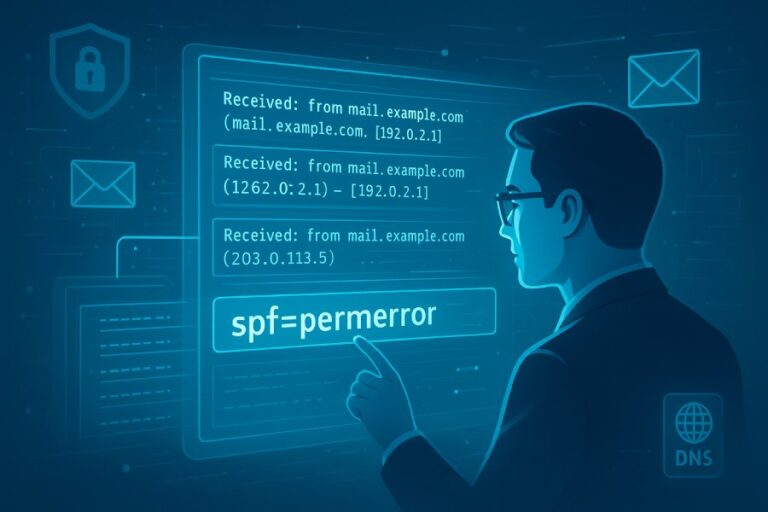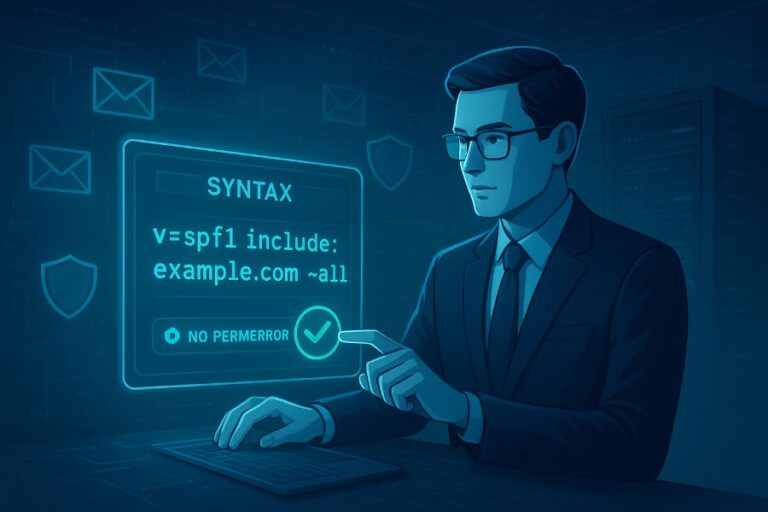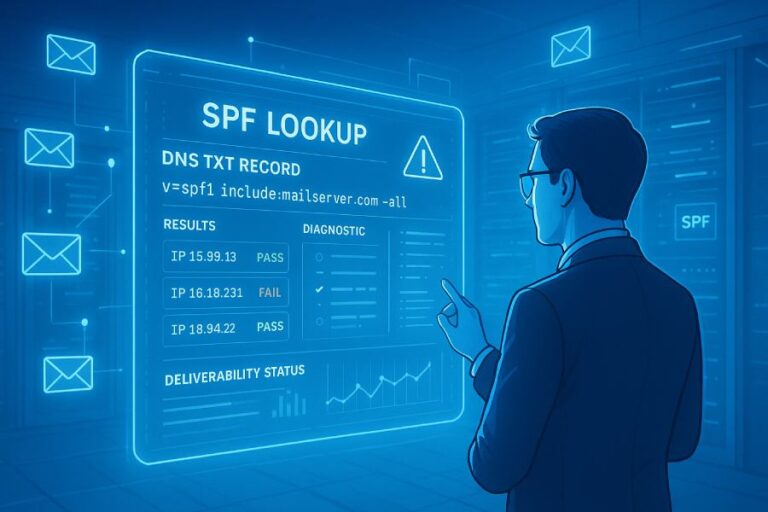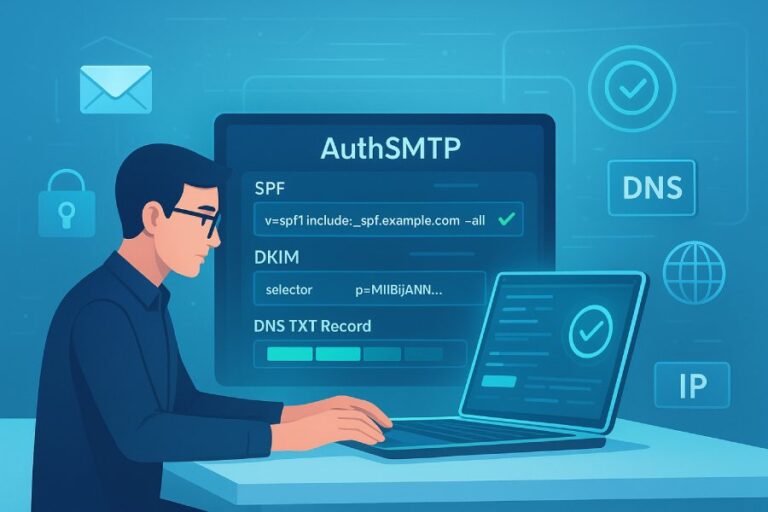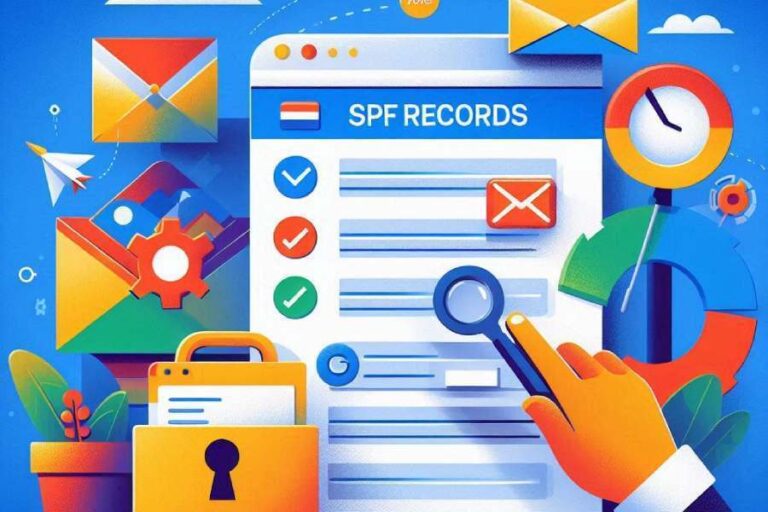Why does my SPF record syntax exceed the 255-character limit and how do I fix it?
Your SPF record “exceeds 255 characters” because DNS TXT records cap each quoted character-string at 255 bytes (per RFC 1035) and long SPF policies must be stored as multiple quoted strings that the resolver concatenates; you fix it by splitting the SPF value into ≤255‑byte chunks within a single TXT record (or refactoring to shorten…
